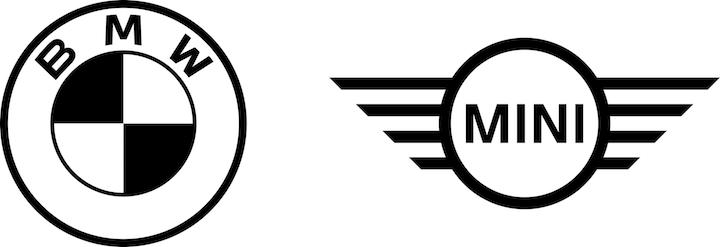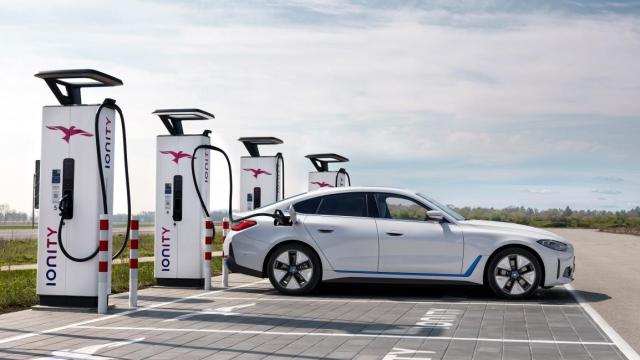
In the first half of 2021, Australia saw the highest uptake of electric vehicles [EVs] than in any calendar year previously.
But things are really only just kicking off with just under 30 different EV models available in Australia by the end of 2022. With more EVs being made available and sold Down Under across different price points, the market’s steadily gaining steam.
Leanne Blanckenberg, General Manager of Corporate Communications at BMW Group Australia tells us electric cars are being adopted “very rapidly” in Australia, likely thanks to increased availability and state government support.
“In the past 12 months, there has been a triple-digit percentage increase in the uptake of both battery-electric and hybrid vehicles,” Blanckenberg says. “Our company has also seen a 216 per cent year-to-date increase in the registration of BMW and MINI battery-electric and plug-in hybrid models.”
And the uptake pace has been increasing over the last few years, “Which is the result of greater choice, lower price points and an improving regulatory situation,” Blanckenberg tells us. “In recent times, it has been the introduction of rebates offered by some state governments and a rapidly improving EV charging network, which is the result of both government and private investment.”
For more EVs to be introduced to the market, Blanckenberg says the government needs to take more steps to make it easier for Aussies to purchase them.
“We believe uptake and introduction of more models to the market rely on many factors but improved regulatory and policies set by governments is a key first step as has been evidenced in countries like Norway, where considerable government support has led to electrified vehicles representing 74.8 per cent of the total vehicle market in that country in 2020,” she says.
“Manufacturers committing to this market and delivering choice for their customers is also an important element and complements government initiatives. For BMW Group Australia, we are introducing every battery electric vehicle on offer, and by Q1 next year, we will have three all-new models on offer – the BMW iX3, iX and i4.”
Blanckenberg explains that in five to ten years, however, there will be “many more” electrified vehicles on Australian roads with the percentage of EV sales expected to be “close to a double-figure or greater”. This would be a massive increase for us.
“Last year it was 0.78 per cent, so there is a long way to go, but there is also now considerable momentum in the market that sets the foundation for rapid future growth,” she says. “There will also be a vast choice in comparison with today, with more models across the spectrum, from entry to the flagship and luxury sports level. Our own offering will expand significantly – by 2023 we will offer 25 electrified BMW and MINI models, with half of them fully electric.”
When it comes to speeding up the process of integrating more EVs into Australia, Blanckenberg says a couple of things need to be improved, such as access to charging to relieve anxiety around the issue of range.
“Most states around the country this year have announced big plans and committed hundreds of millions of dollars in investment just for charging networks,” she explains. “Giving drivers the ability to travel long distances, especially in a vast country like this, is a key component in improving the uptake of EVs.
“In addition, support from governments to remove barriers, of which we’re happily seeing a lot more from the individual states, will further assist in uptake. A Federal Government strategy relating to EVs would further improve the situation.”
Blanckenberg also thinks that another hurdle stopping people from buying an EV is simply because they haven’t driven one yet.
“There is so much to like about EVs,” she says. “There’s the pleasure of driving one, from the instant torque of the motor to the smoothness and refinement inherent to an electric powertrain. And, as the driving range of EVs increases, the more mainstream and viable mobility option they become.
“For example, on our BMW iX3, which launches before the end of year, 460km of range on the WLTP cycle is possible. Stepping up to the flagship variant of the BMW iX, which launches at the same time as the iX3, will allow drivers to travel 620km on a full charge. These types of numbers are game-changers.”
